Ice water therapy, also known as cold water immersion or cryotherapy, has gained popularity in recent years for its purported health benefits. From elite athletes to wellness enthusiasts, many people are turning to ice water therapy to enhance recovery, reduce inflammation, and improve overall well-being. This article delves into the benefits of ice water therapy, supported by scientific research, and provides practical advice on how to incorporate this practice into your routine.
What is Ice Water Therapy?
Ice water therapy involves immersing the body in cold water, typically ranging from 50°F (10°C) to 59°F (15°C), for a specific duration. This can be done using an ice bath, cold shower, or natural cold water sources such as rivers and lakes. The duration of immersion can vary from a few minutes to up to 20 minutes, depending on the individual’s tolerance and the desired effects.
Benefits of Ice Water Therapy

1. Reduced Muscle Soreness and Inflammation
One of the primary benefits of ice water therapy is its ability to reduce muscle soreness and inflammation. Athletes often use ice baths after intense training sessions or competitions to speed up recovery.
- Mechanism: Cold water constricts blood vessels, reducing blood flow to the muscles and subsequently decreasing inflammation and swelling.
- Research: A study published in the Journal of Sports Medicine found that cold water immersion significantly reduced muscle soreness 24 to 72 hours after exercise compared to passive recovery.

Figure 1: Effects of Ice Water Therapy on Muscle Soreness
The graph above illustrates the effects of cold water immersion compared to passive recovery on muscle soreness levels over five days post-exercise.
- Cold Water Immersion: Shows a significant reduction in muscle soreness, with levels dropping from 50% on Day 1 to 10% by Day 5.
- Passive Recovery: Exhibits a slower decrease in muscle soreness, with levels reducing from 50% on Day 1 to 30% by Day 5.
This data highlights the effectiveness of ice water therapy in accelerating muscle recovery and reducing soreness.
2. Improved Circulation
Alternating between cold and warm water immersion can improve circulation by stimulating blood flow.
- Mechanism: Cold water causes blood vessels to constrict, while warm water causes them to dilate. This process, known as “contrast hydrotherapy,” helps to improve blood flow and oxygen delivery to tissues.
- Research: A study in the European Journal of Applied Physiology demonstrated that contrast hydrotherapy improved blood flow and reduced muscle stiffness in athletes.
3. Enhanced Immune Function
Regular exposure to cold water can strengthen the immune system.
- Mechanism: Cold water immersion stimulates the production of white blood cells and other immune cells, enhancing the body’s ability to fight infections.
- Research: A study conducted by the Thrombosis Research Institute found that individuals who practiced regular cold water immersion had a significant increase in the production of white blood cells.
4. Mental Health Benefits
Cold water therapy is not just beneficial for the body; it also has positive effects on mental health.
- Mechanism: Immersion in cold water triggers the release of endorphins and norepinephrine, which can improve mood and reduce symptoms of depression and anxiety.
- Research: A study published in the Medical Hypotheses journal suggested that regular cold water immersion could be an effective treatment for depression.
Practical Application
How to Perform Ice Water Therapy
- Preparation: Fill a bathtub with cold water and ice. The water temperature should be between 50°F (10°C) and 59°F (15°C).
- Duration: Start with short durations (2-3 minutes) and gradually increase the time as your body adapts. Do not exceed 20 minutes.
- Frequency: For general wellness, 2-3 times per week is sufficient. Athletes may benefit from more frequent sessions.
- Safety: Always consult a healthcare professional before starting ice water therapy, especially if you have cardiovascular conditions or other health concerns.
Tips for Beginners
- Gradual Exposure: Begin with cold showers to acclimate your body to cold temperatures before progressing to ice baths.
- Breathing Techniques: Practice deep, controlled breathing to help manage the shock and discomfort of cold water.
- Warm-Up: After the session, warm up gradually with a warm shower or blanket. Avoid hot water immediately after cold immersion.
Research Summary
| Study | Participants | Methodology | Findings |
|---|---|---|---|
| Journal of Sports Medicine | Athletes | Cold water immersion post-exercise | Reduced muscle soreness |
| European Journal of Applied Physiology | Athletes | Contrast hydrotherapy | Improved circulation and reduced muscle stiffness |
| Thrombosis Research Institute | Healthy adults | Regular cold water immersion | Increased white blood cell production |
| Medical Hypotheses | Adults with depression | Regular cold water immersion | Reduced symptoms of depression |
By incorporating ice water therapy into your wellness routine, you can harness the power of cold water to improve physical and mental health. Whether you’re an athlete looking to enhance recovery or someone seeking to boost overall well-being, ice water therapy offers a simple yet effective solution.
Conclusion
Ice water therapy offers a range of benefits, from reduced muscle soreness and improved circulation to enhanced immune function and mental health. Supported by scientific research, this practice can be a valuable addition to a holistic wellness routine. As with any therapy, it is important to start slowly, listen to your body, and consult with a healthcare professional to ensure it is appropriate for your individual needs.
Read more: Eating More Fruit May Reduce Your Risk of Depression: New Research on BMI and Older Adults.

